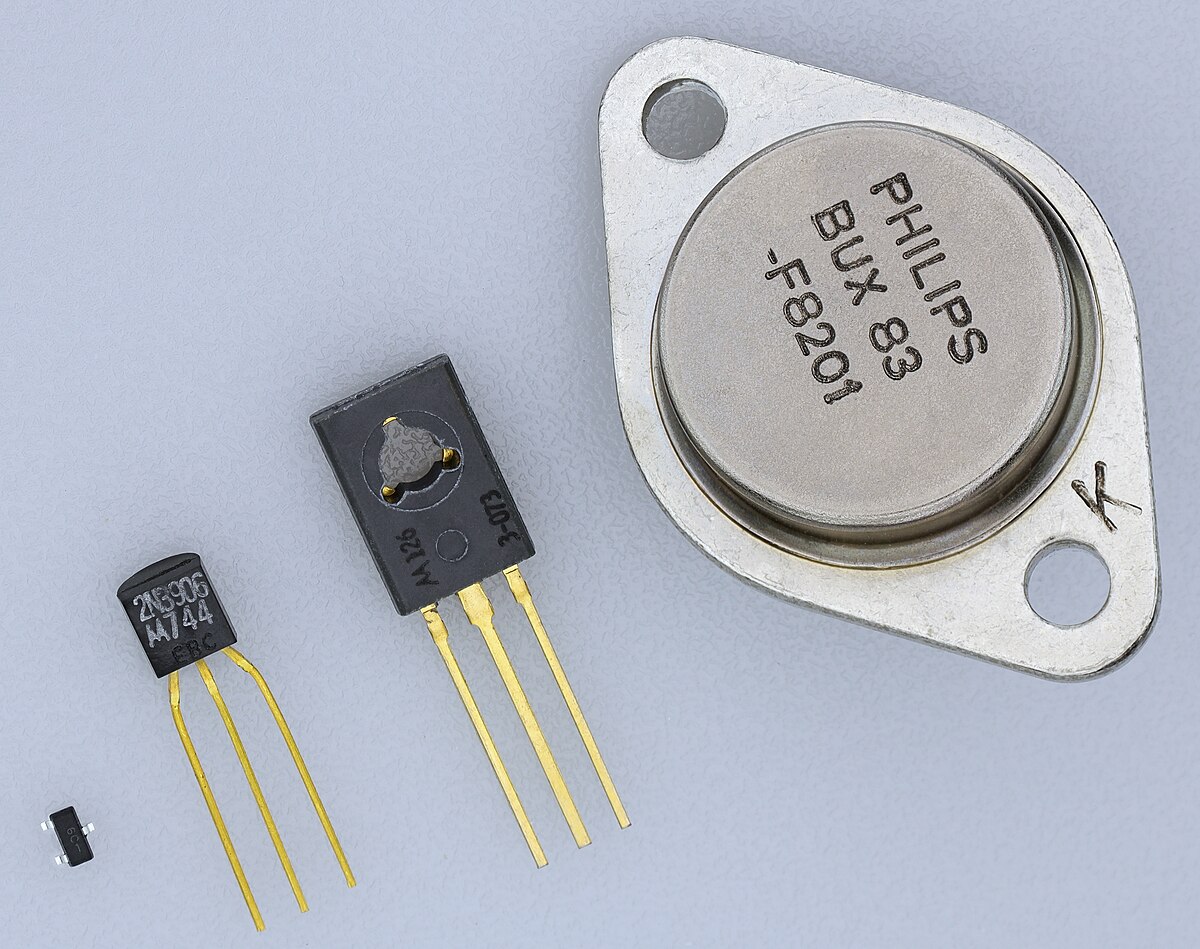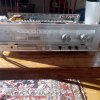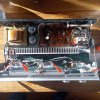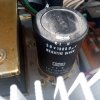DanielT
Major Contributor
Anyone know a little about it? Now I think from a historical perspective. For example, decade or year Sanken transistor Y which enabled better... Year / decade came hybrid Z.
The origin of thread wire comes from this thread where ZolaIII writes about, among other things, the transistor 2N3773:
"That (N2) is not stellar performer (just average) but it whose quite a work house and widely used especially for a stage (active mixers / amplifiers and cetera) equipment. Biggest advantage they arguably have even today is how easy it is to get to some of those that are still in working condition (patch, replace and carry on). There are far better solutions from the end of AB class era such as late STK higher end first gen hybrids for instance.
In short engineering - testing - back to drowning board process trough whole development cycle.
Those late STK's had a spec's similar to today's top D class circuits (second gen D class hybrid). You for instance still have plane AB class transistor amps which perform admirably enough (better than cheap class D one's) especially considering the price (for instance Sanken ones in Yamaha Amp's and active speakers).
Even today we usually take up to 1% THD power rating for power amplifiers as acceptable."

 audiosciencereview.com
audiosciencereview.com
Anyway, I'm curious. Hopefully others are interested too. Sound / hifi history.
The origin of thread wire comes from this thread where ZolaIII writes about, among other things, the transistor 2N3773:
"That (N2) is not stellar performer (just average) but it whose quite a work house and widely used especially for a stage (active mixers / amplifiers and cetera) equipment. Biggest advantage they arguably have even today is how easy it is to get to some of those that are still in working condition (patch, replace and carry on). There are far better solutions from the end of AB class era such as late STK higher end first gen hybrids for instance.
In short engineering - testing - back to drowning board process trough whole development cycle.
Those late STK's had a spec's similar to today's top D class circuits (second gen D class hybrid). You for instance still have plane AB class transistor amps which perform admirably enough (better than cheap class D one's) especially considering the price (for instance Sanken ones in Yamaha Amp's and active speakers).
Even today we usually take up to 1% THD power rating for power amplifiers as acceptable."

Why 12 power transistors in a class AB (?)120 W (?) amplifier?
It is to stay within the SOA of the transistors so their max. power ratings are never reached. SOA stands for Safe Operating Area At any voltage across the transistor a specific current is allowed. This is the SOA. When amps must deliver high output power (so high voltages and high currents)...
 audiosciencereview.com
audiosciencereview.com
Anyway, I'm curious. Hopefully others are interested too. Sound / hifi history.
Last edited:





